Corneal inlays are small lenses that can be surgically implanted within a patient’s cornea (instead of placed/worn on top of the cornea like a contact lens) in order to change the focusing of the patient’s eye.
Corneal inlays have a decades-long history, but prior iterations were abandoned either because of poor predictability or an unacceptably high incidence of postoperative complications.
With newer techniques of implanting the lenses and refined lens designs, corneal inlays have started to gain traction as a reasonable treatment option for specific types of patients. The ideal candidate for a corneal inlay is someone who has excellent distance vision but is tired of constantly reaching for their reading glasses (usually in patients over the age of 48).
A corneal inlay placed into the non-dominant eye can allow such patients to read text messages, check emails, and possibly even read a book without reading glasses.
Like most eye procedures, the corneal inlay surgery is performed as an outpatient. The procedure is rather quick (10 to 15 minutes), doesn’t hurt, and enables most patients to return to work the next day (depending, of course, on the type of work).
Total glasses freedom is not a promised endpoint, but a decrease in the need for reading glasses is a very reasonable expectation. Like any procedure, risks exist. Fortunately, the chance of a serious vision-threatening complication caused by a modern corneal inlay is low.
Dr. Davidorf has had a long interest in developing viable corneal inlays, with his first patent submitted in 1998. The first corneal inlay to eventually be approved by the FDA was the Kamra AcuFocus inlay, approved in 2015.
For patients interested in evaluating their candidacy for a corneal inlay or other procedures that can greatly reduce one’s need for reading glasses, scheduling a consultation is the first step.



